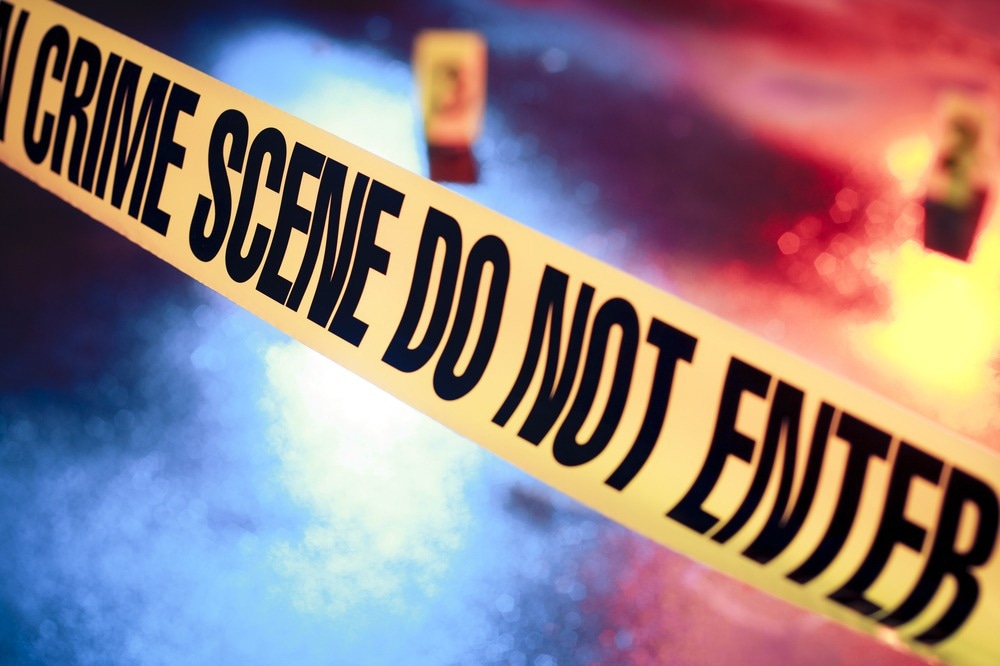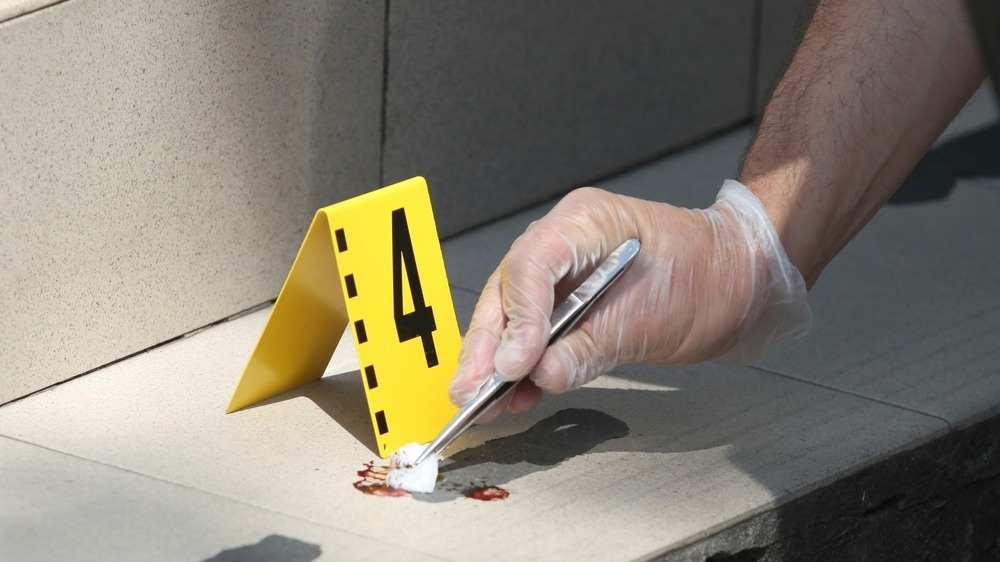Ethical dilemmas can often occur in crime laboratories. Most of the time, the issues are dealt with by following rules defined in the codes of conduct constructed by employers. Accredited forensic laboratories must follow predetermined quality protocols refined through years of trial and error. These protocols, however, are generally to be followed for scientific and technical issues; they do not stipulate ethical guidance.
 Forensics" />
Forensics" />
Image Credit: Fer Gregory/Shutterstock.com
What currently is not available in the forensics domain is an ethical decision-making system that could potentially help in deciding, for example, whether or not a certain piece of evidence can be forensically analyzed and used as proof in a court of law without infringing fundamental human rights.
What Kind of Ethical Issues Occur?
In the late 1980s, forensic DNA analysis was first introduced in criminal cases. Initially, any attempts to use DNA evidence in criminal trials were met with skepticism regarding its evidential value and admissibility in a court of law. A debate was raised, which revolved around three main points. The admissibility of the scientific principles in criminal courts; the scientific process involved in analyzing DNA samples; and finally, the impact forensic DNA analysis may have on human rights.
However, the discussion's human rights aspects were not debated adequately since the scientific accuracy, and legal admissibility angles were the main focal points. An example of human rights violations that currently can occur in forensic DNA analysis is the use of the current capabilities of DNA analysis on the non-coding regions of the DNA, which can allow access to a person's genome. This technique can shed light on the individual's undisclosed information, such as ancestry, along with current and future health issues, which constitutes a serious infringement on the right to privacy.
Another example of human rights infringement is the repercussions a DNA cold hit can have on an individual's life. A cold hit suspect is a person unrelated to the crime other than a DNA databank match. There have been cold hits where the overarching evidence heavily contradicted the DNA match, but that was not enough to stop the prosecution. This can be seen in the case of Raymond Easton, which transpired in the UK.
Raymond Easton was charged with burglary after his DNA was matched with a DNA crime article recovered at a burglary crime scene in Bolton, approximately 320 kilometers away from his home. Easton was a Parkinson's patient who could not perform simple daily tasks or move more than short distances without assistance. He also had a verified alibi for the time of the crime. Despite this contradictory evidence, the police continued to investigate the case for months before a subsequent re-evaluation of the DNA sample exonerated him. Due to the high evidential value assigned to DNA lately, the jury in any given case can be subjected to unwarranted influence.
Goodman-Delahunty and Hewson, after archival research, concluded that the presence of DNA evidence could predict convictions with an increase in the likelihood of jurors voting guilty when undisputed DNA evidence is used, even in cases where the circumstantial evidence is very weak. In the Victoria court of appeal case R v Jama in 2009, cross-contamination of DNA led to the false conviction and incarceration of Mr. Jama for a rape that was later proven that he did not commit.
Over the years, it has been demonstrated that without any other corroborating evidence, a cold hit has the potential for unnecessary disturbance, wrongful convictions, and infringement on freedom and privacy.

Image Credit: LSpirov/Shutterstock.com
Similarities between Forensics and Medicine
The fields of forensics and medicine have a lot of common principles to the point where forensic science could benefit by adopting a few elements from medical ethics. Both forensics and medicine are applied sciences used to individual case circumstances and aided by biological and chemical testing. Conducting the most relevant analysis in the right order maximizes the odds of obtaining each case's most probative value or health.
Forensic laboratories should practice non-maleficence by preserving evidence and using non-invasive techniques where possible. Preservation of remaining evidence facilitates retesting as technology improves but also retains the capability of defense retesting if required. Wise management of resources applies to existing analyses on cases but can also be beneficial when validating new techniques by having a proven method used as a benchmark on the same piece of evidence.
Crime laboratories have to walk a fine line between privacy and transparency. While a case is under investigation, case-specific information should be released on a need-to-know basis, similar to a patient's medical information. Full disclosure of information pertinent to the case report should only be available after the case goes to trial.
Rosario ruling and Brady and Giglio precedents should be applied to disclosing ethical issues relating to witnesses, ensuring the ethics of employees, and a transparent framework of disclosure of any relevant case information. Transparency is critical to maintaining public trust, but this must not be done at the expense of privacy.
Additional Considerations on Casework Analyses
In forensic labs, there is constant pressure to perform casework analyses which demand a high level of quality as required by the criminal justice system, often also under resource constraints and backlogs. A consequence of that high-pressure environment is that an analyst may sacrifice the quality of the analyses in an attempt to perform more analyses and clear the backlog.
Honest reporting and correcting issues should be prioritized, and a foundation that supports this mindset should be set in place. The culture within these types of accredited laboratories should support the self-reporting of mistakes, move away from blaming individuals, and focus on objective root-cause analyses.
Sources:
- Ray A.Wickenheiser (2019) A crosswalk from medical bioethics to Forensic Bioethics Forensic Science International: Synergy Volume 1 pp. 35-44. https://doi.org/10.1016/j.fsisyn.2019.03.002
- Tersia Oosthuizen, Loene M. Howes (2022) The development of forensic DNA analysis: New debates on the issue of fundamental human rights Forensic Science International: Genetics 56 102606. https://doi.org/10.1016/j.fsigen.2021.102606
- M. Smith, M. Mann,(2015) Recent developments in DNA evidence, Trends Issues Crime.Crim. Justice pp.1–7.